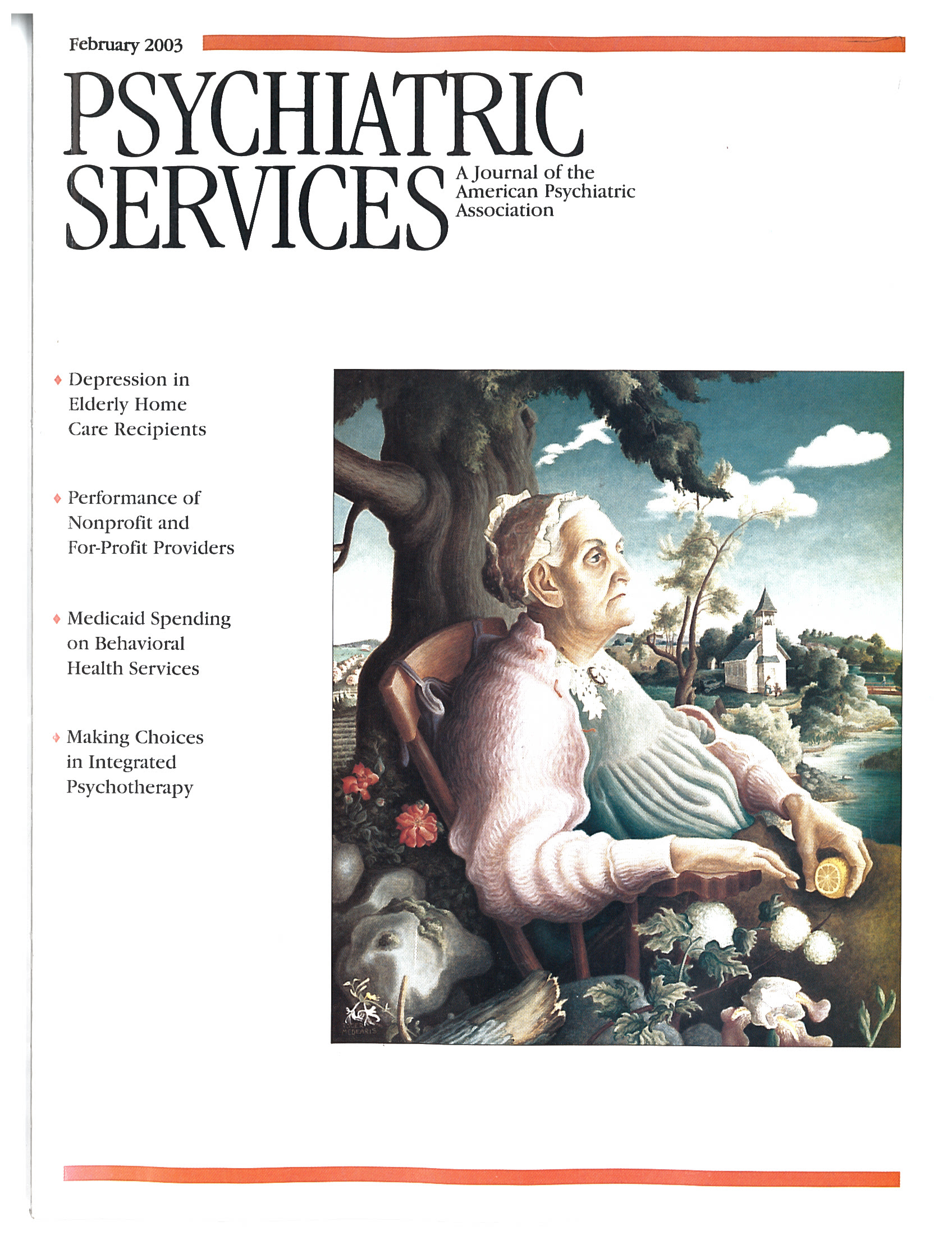Essentials of Interviewing
Any discussion of interviewing must cover three facets of the interview: what to ask, how to ask it, and how to document it. Essentials of Interviewing covers all three areas admirably in an easily readable text. The book's greatest strength is its practical focus; readers will come away with clear and complete guidelines for determining and documenting medical necessity and other information required by third-party payers and accrediting agencies.
The book's first four chapters cover the structure and process of a mental health interview. The authors include basic material such as confidentiality and informed consent and then move on to discuss the content of the initial interview, which is divided into the biopsychosocial assessment, the suicide assessment, the diagnostic interview, and the mental status examination. These chapters delineate topics to be covered and provide examples of specific questions to ask. Every chapter concludes with a summary and a self-assessment test.
Another nice feature of the book is the variety of boxed highlights filled with bullets of topics to cover and questions to ask, which complement the text. On the other hand, the depth and breadth of these topics is so extensive that it would be impractical if not impossible to cover them all. For example, the biopsychosocial assessment lists 157 questions!
The final chapter provides instructions for writing a report and includes a sample write-up. This chapter offers tips for using time efficiently, yet the sample report is four-and-a-half pages long. There is also an appendix consisting of an overview of selected DSM-IV-TR diagnoses.
The greatest weakness of this book, in my view, is that in its attempt for completeness, it describes a utopian interview that it would not be possible to conduct within the timeframe the authors describe. It is difficult to imagine covering such diverse topics as nutrition, leisure activities, and educational history in such detail while still having time to complete the psychiatric history, medical history, substance abuse history, and diagnostic assessment in addition to providing feedback to the patient, who is presumably at least moderately distressed. It would have been helpful if each section had begun with one or two screening questions so that the interviewer could learn to zero in on areas of concern or importance. This approach is alluded to in the discussion of making a diagnosis but could have been emphasized much more throughout the book.
Overall, Essentials of Interviewing provides a thorough, user-friendly resource for anyone conducting a mental health interview, but it may be more useful as a platonic ideal than as a clinical reality.
Dr. Chaplin is staff psychiatrist at Community Mental Health Affiliates in New Britain, Connecticut.



